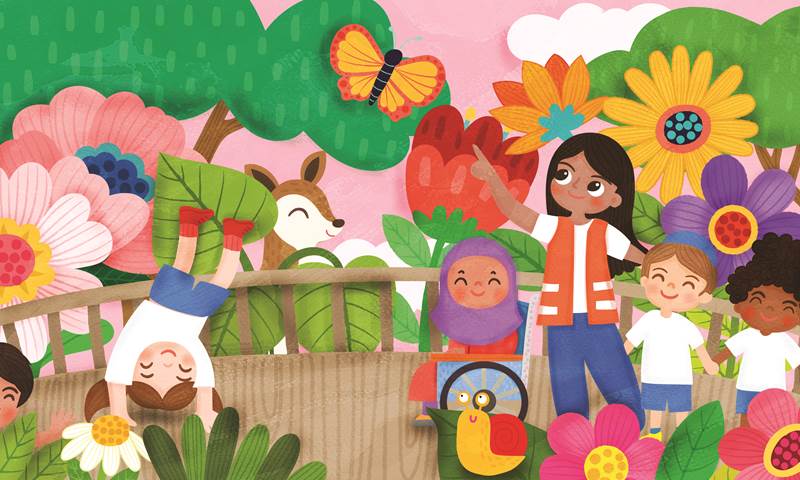Our website uses Cookies - by using this site or closing this message you're agreeing to our Terms & Conditions, Cookie Policy and Privacy Policy
xCovid-19 threatens progress to eradicate child labour
Date: 13th January 2021
Category:
Children in situations of exploitation, COVID-19

2021 is the International Year for the Elimination of Child Labour but the COVID-19 pandemic threatens two decades worth of progress and places millions of children at risk. In a recent article, anti-child labour organisations and advocates discuss what it will take to tackle child labour effectively.
The number of children involved in child labour worldwide has dropped dramatically over the past two decades, falling by nearly 40 percent. However, children who were already working before the pandemic may now face longer hours and worse conditions, while others could be forced to work by families pushed into economic hardship.
The following solutions have been suggested:
- Governments should get children back into school as soon as possible. Moreover, authorities should follow up individually with children who do not show up for classes and try to re-engage them, as research shows children out of school are more likely to join the workforce, and the longer they stay out of school, the less likely they are to return.
- Governments, civil society and UN agencies need to prioritise strategies to eliminate child labour and help vulnerable families directly to address the financial distress that sends children to work. This can include comprehensive social protection, cash transfers, the promotion of decent work for adults, measures to get children back into school, increased investments in social services, and more resources for labour inspections and law enforcement.
- National governments, donor nations and international organisations need to have increased capacity to investigate and suppress child labour, and to hold those who exploit children accountable. To do this, adequate resourcing is required, which can be developed through policies and programmes integrated into COVID-19 recovery plans.
- Ensure children and young people who work in a capacity which does not amount to forced, exploitative or harmful labour have their work recognised. As such, these children and young people are granted the same labour rights and protections as any other worker.
- Involve local communities to help identify the children and families most at risk of forced, exploitative or harmful labour.
- Listen to girls, youth groups, and current and former child labourers throughout the process of finding a solution. Only by listening to those affected or at risk of forced, exploitative or harmful labour can child labour be tackled effectively.
Read the opinion article here.
Read more about the impact of COVID-19 on child labour here.
